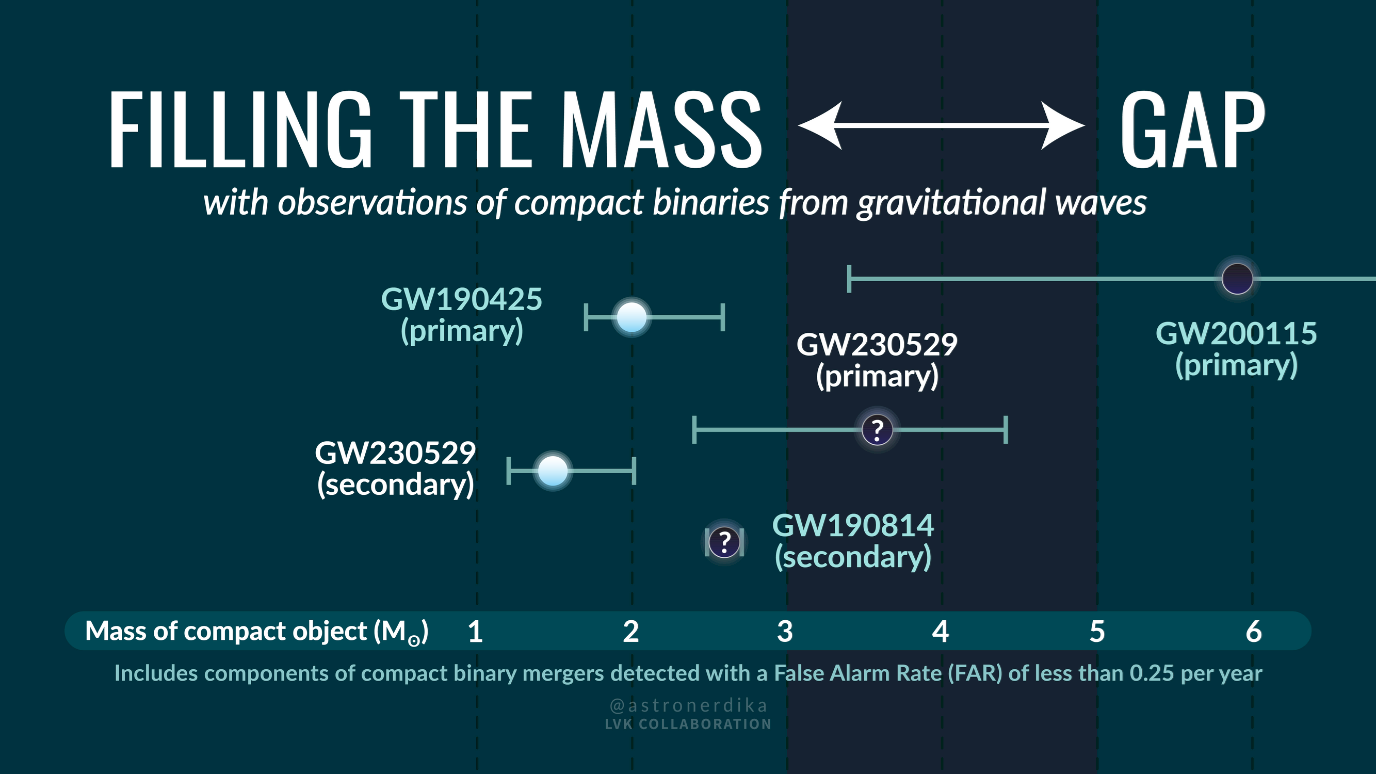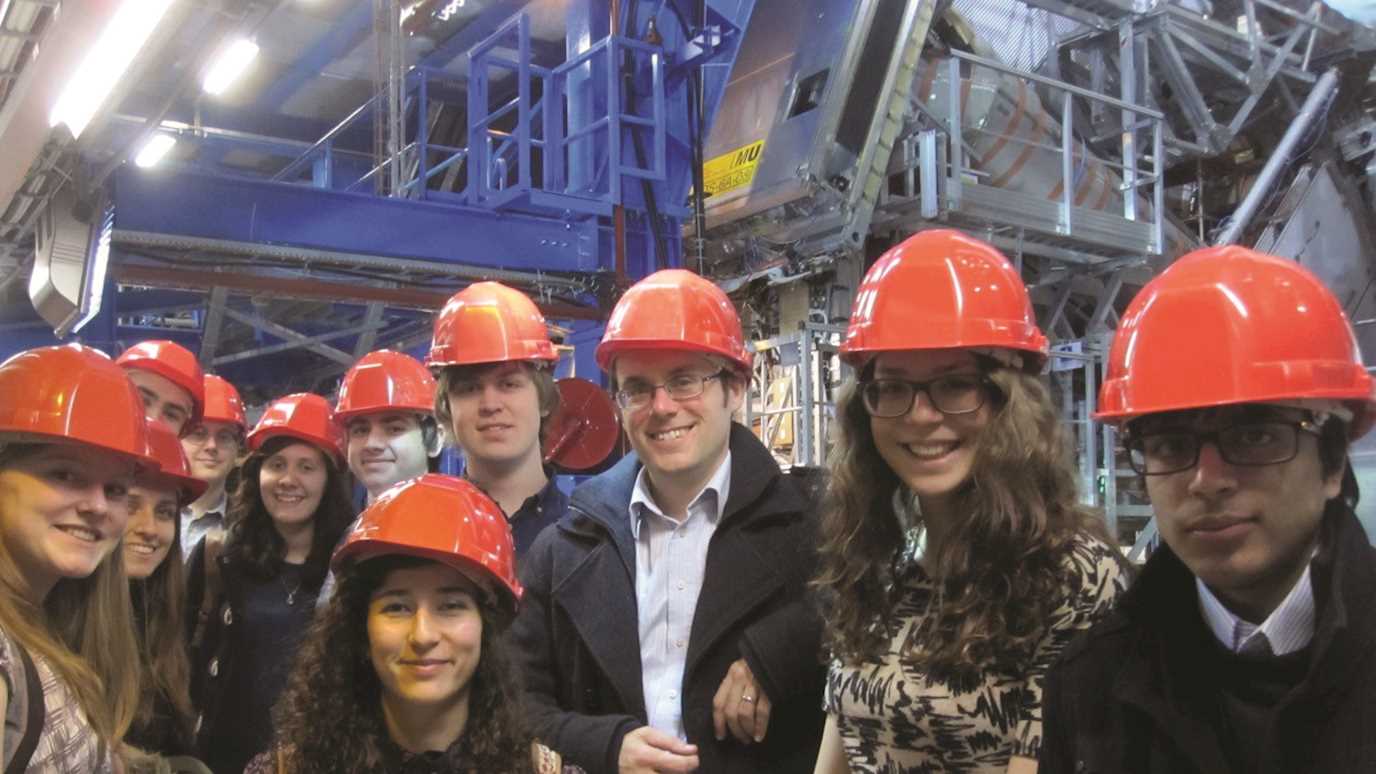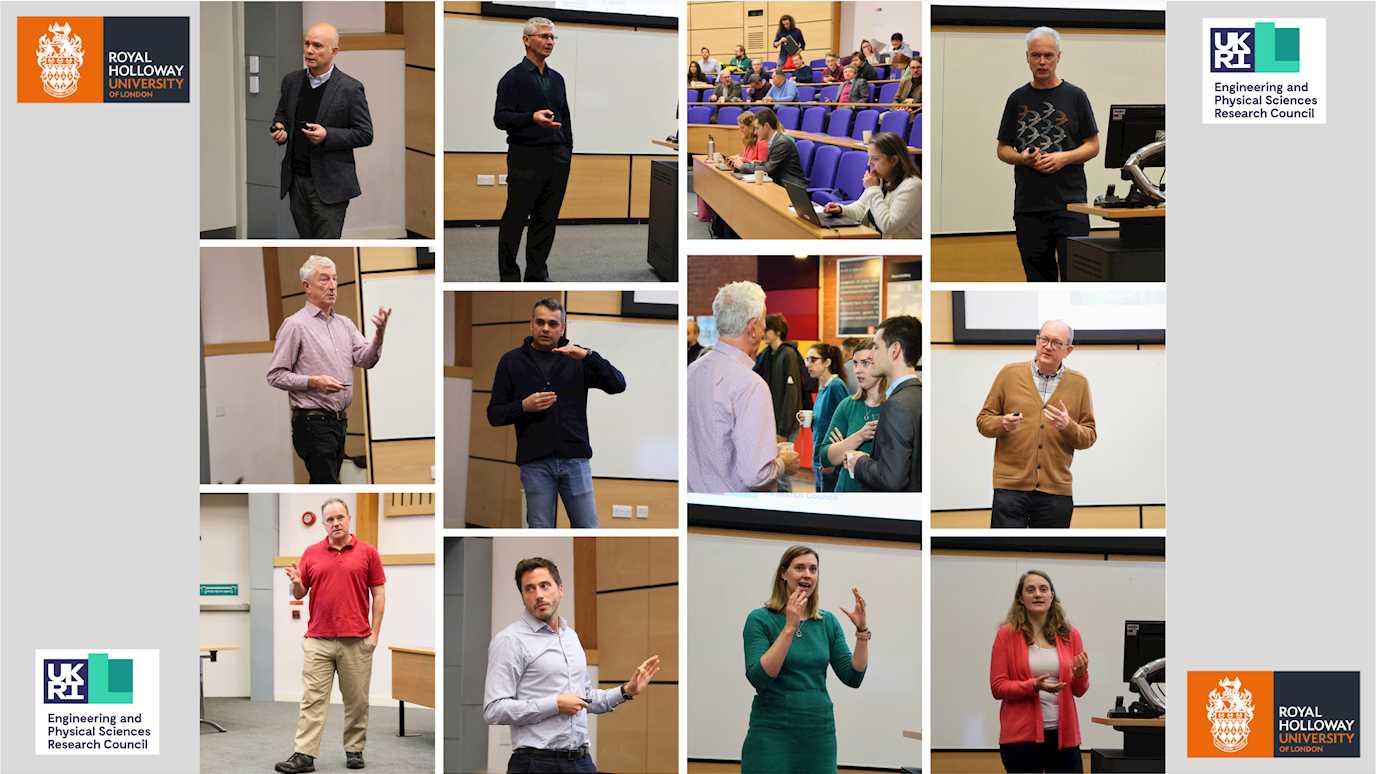New quantum coherent device developed to support robust standards for the measurement of electrical current.
An international collaboration, including researchers from Royal Holloway, University of London, and the National Physical Laboratory (NPL) has successfully demonstrated a quantum coherent effect in a new quantum device made out of continuous superconducting wire – the Charge Quantum Interference Device (CQUID).
This research represents an important milestone towards the demonstration of a robust new quantum standard for electric current, and could be capable of disseminating the new definition of the ampere, which is expected to be decided on by the global measurement community as part of the redefinition of the international system of units (SI) later this year.
As published in Nature Physics, the device acts in the opposite way to the better-known superconducting quantum interference device (SQUID), used as an ultrasensitive sensor for magnetism. Instead of sensing a magnetic field via its influence on the current flow (moving charge) like a SQUID, the CQUID works seemingly in the opposite way, sensing charge as a result of quantum interference due to the flow of magnetic flux.
Developed throughout the last few decades, the SQUID has gone on to be commonly used in a variety of fields, from medical imaging, geological prospecting to sensors of gravitational waves. With further research, it is envisioned the CQUID will have a similar broad range of applications in the future as well.
The CQUID demonstrates, for the first time, interference of coherent quantum phase slips (CQPS) in a device made out of more than one CQPS junction. This fundamental quantum circuit element is the dual and opposite to the Josephson junction – based on the Nobel Prize winning Josephson effect – and underlines the CQUID’s potential.
The CQPS junction is realised in the circuit by embedding a superconducting nanowire in a very high-impedance electrical environment. The team looked to state of the art nanofabrication technologies to demonstrate the device in practice. A superconducting film made from niobium nitride with a total thickness of only 3.3 nanometres was deposited one atomic layer at a time. The film was then patterned into narrow wires just a few nanometres wide.
Oleg Astafiev, Professor of Physics at the Royal Holloway, University of London, and Visiting Professor at NPL said: “The results also show that the materials we are using can now be made with high enough precision and reproducibility to allow for multiple, nominally similar, CQPS junctions in the same device. This has been very challenging in the past, but with modern nanofabrication technologies this has now become possible. This is very promising for the development of sensors and metrology dual to that which already exists today based on the Josephson junction.”

Professor Oleg Astafiev
Sebastian de Graaf, Senior Researcher at NPL and lead scientist of the study said: “The duality between the CQUID and SQUID devices originates from the fundamental relationship between charge and phase in in quantum mechanics, made possible in these devices with superconducting materials. We can think of it as the charge and magnetic flux, or the superconductor itself and the vacuum (insulator) around it, suddenly having the opposite roles.
“This opens up the potential for a new broad range of technologies, with the interchanged roles of electrical current and voltage in a CQPS circuit compared to a Josephson junction, leading towards an equally precise and robust standard for current as the fundamental quantum standard for voltage, which today is realised by arrays of Josephson junctions.”
Charge Quantum Interference Device, de Graaf et al., Nature Physics, DOI: 10.1038/s41567-018-0097-9
Find out more about research and study opportunities in Physics at Royal Holloway here
























